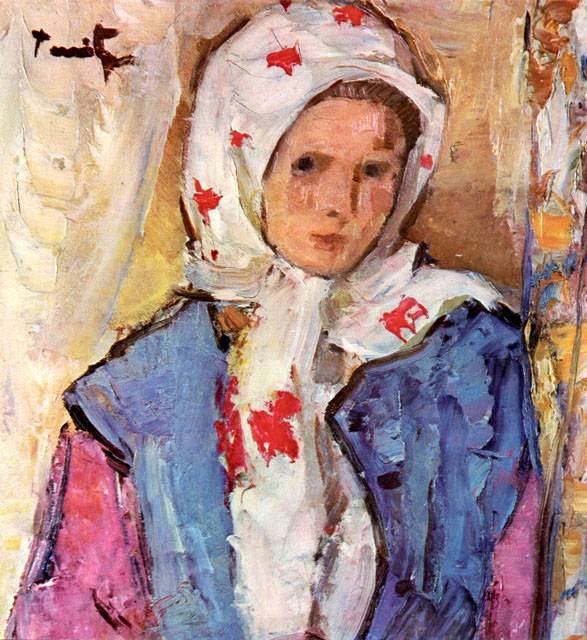
Nicolae Tonitza (1886–1940) was a Romanian painter, engraver, lithographer, and teacher, known for his contributions to Romanian art in the early 20th century. He was born on April 13, 1886, in Bârlad, Romania.
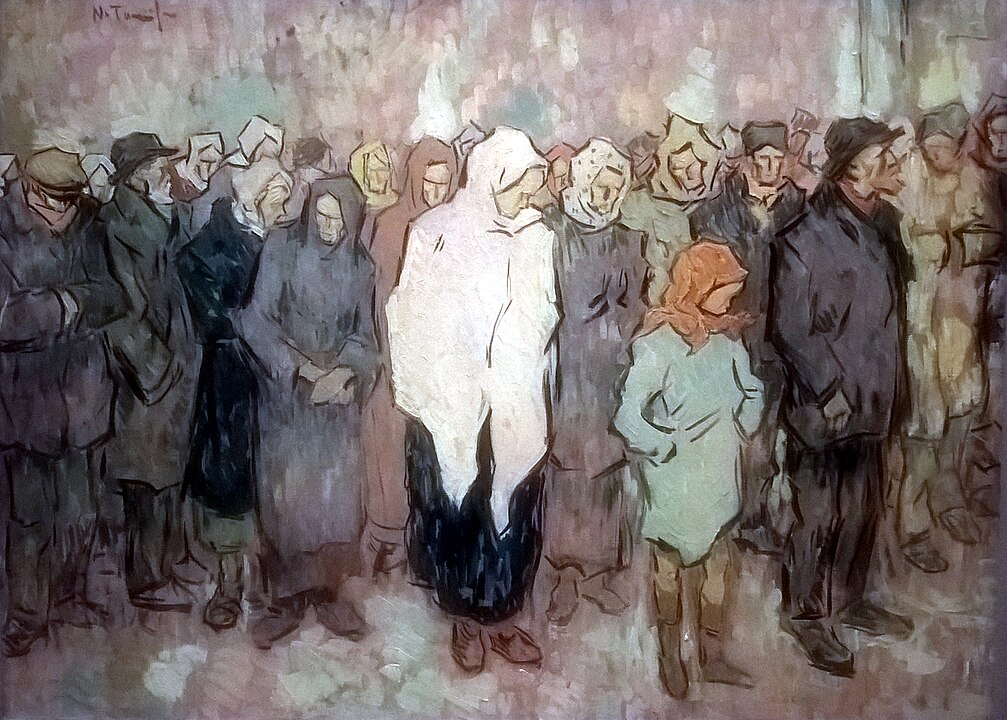
Tonitza initially studied at the School of Fine Arts in Iași, Romania, and later continued his education at the National University of Arts in Bucharest. He furthered his artistic training in Munich and Paris, where he was exposed to various European artistic trends.
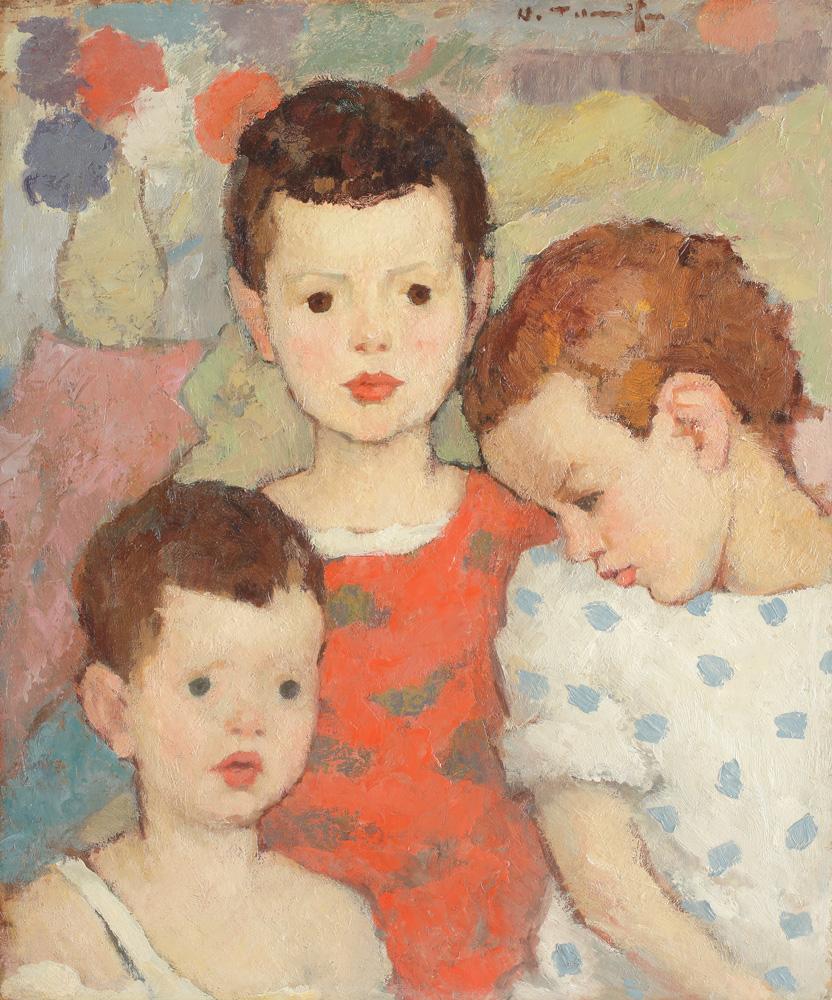
Tonitza’s work is characterized by its versatility and mastery across different media. He excelled in oil painting, watercolor, pastels, and graphic arts. His early works were influenced by Post-Impressionism, and he later embraced elements of Expressionism and Cubism. Tonitza was known for his skillful use of color and light, as well as his ability to capture the emotional depth of his subjects.
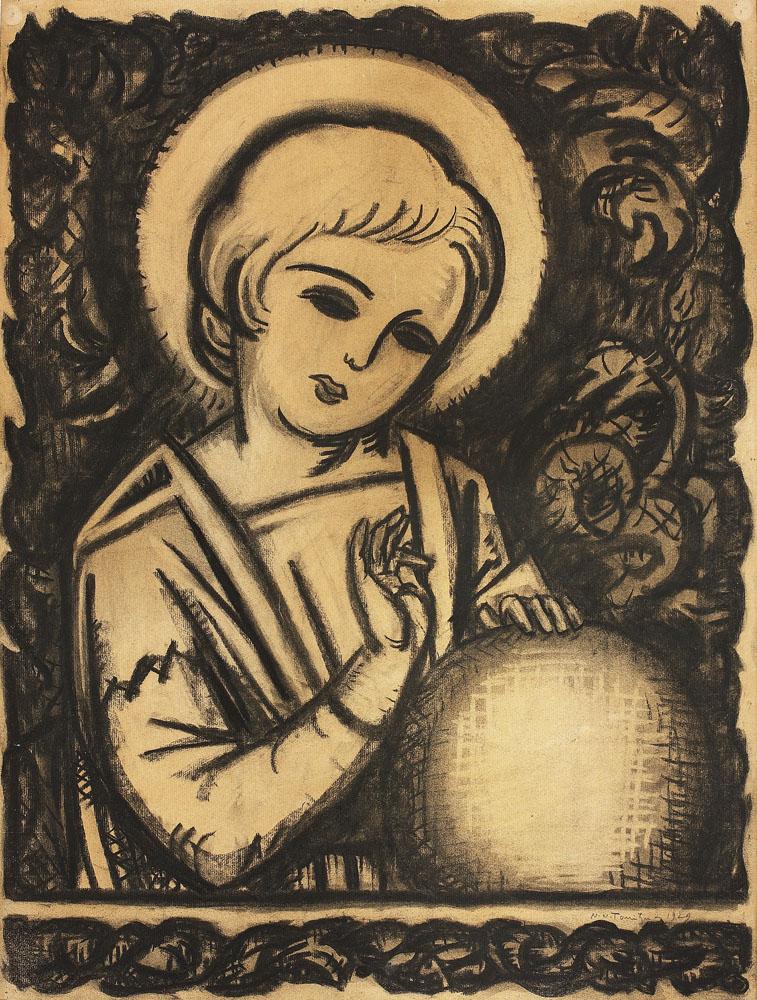
Portraiture was a significant aspect of Tonitza’s oeuvre, and his portraits are celebrated for their psychological insight and expressive qualities. He also painted landscapes, still lifes, and scenes from Romanian rural life, reflecting his diverse interests and influences.
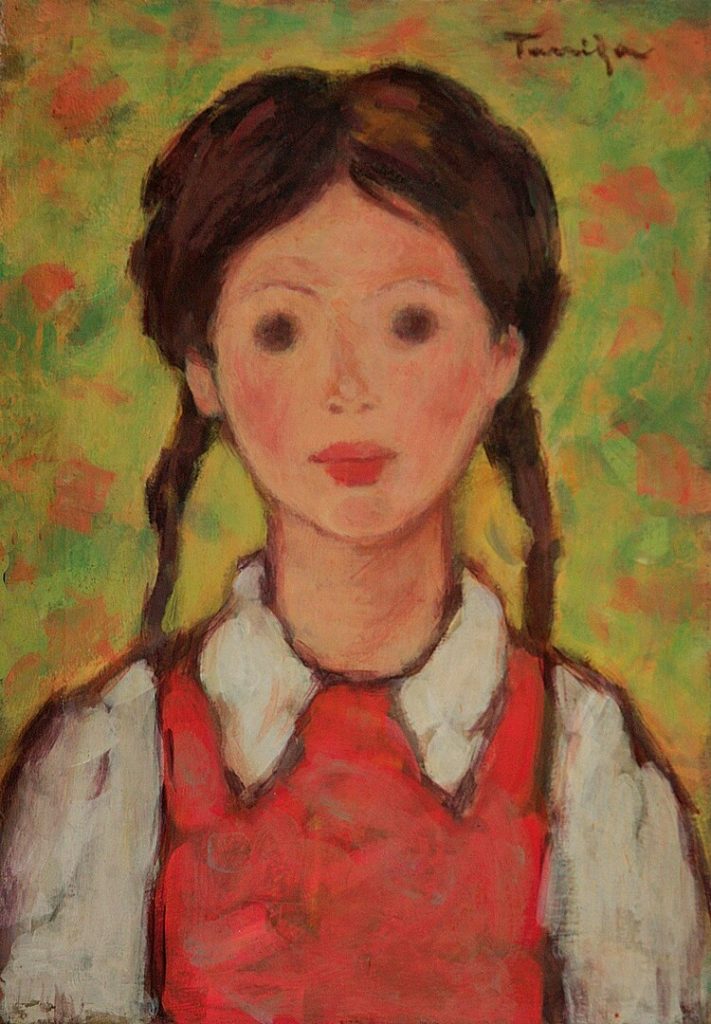
In addition to his artistic achievements, Nicolae Tonitza was involved in teaching. He became a professor at the National University of Arts in Bucharest and contributed to the education and development of several generations of Romanian artists.
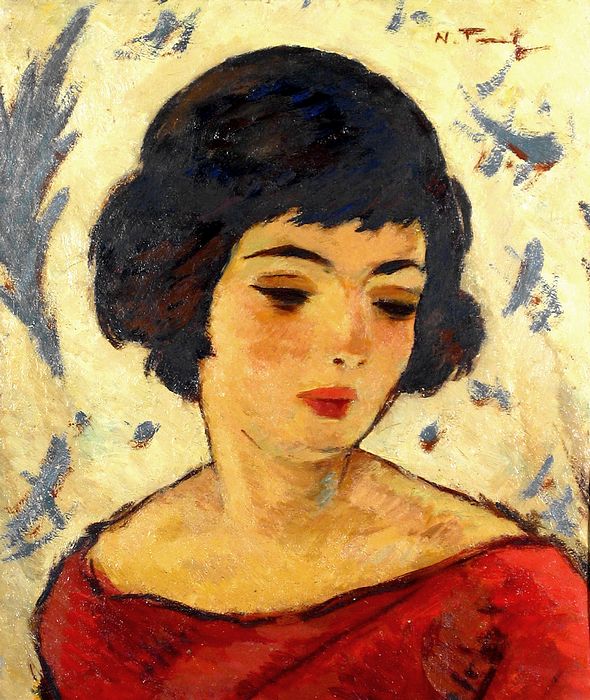
Tragically, Nicolae Tonitza’s life was cut short when he died at the age of 54 on November 27, 1940. Despite his relatively short career, his impact on Romanian art was significant, and he is considered one of the important figures in the development of modern Romanian painting. Tonitza’s works are displayed in various museums and collections in Romania, and his legacy lives on through his artistic contributions and influence on the country’s art scene.




